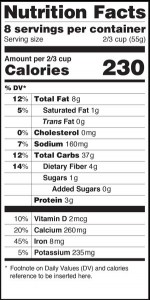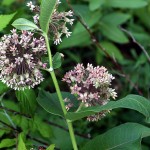by Catherine Haug, April 30. 2014 (image, right, used with permission from the Organic Consumers Association)
This is a HUGE victory for those of us who want to know what’s in our food, and what we are feeding our families. This bill is the first in the US to provide a clear choice, because Vermont (unlike its neighbors Connecticut and Maine) decided not to include a “trigger” provision in its bill. As soon as the governor signs the bill into law, Vermont will immediately move forward with the labeling of GMO products.
Please take a moment to cheer and celebrate this victory.
Next up:
- Oregon will vote on their new GMO Labeling Initiative in 2014. Oregon’s prior attempt in 2002 went down to defeat, but a lot has changed since then. The measure would mandate the labeling of certain foodstuffs that were produced with or contain genetically modified organisms. See Oregon Right to Know (1) and GMO-Free Oregon (2) for more.
- Colorado, also in 2014. The measure would require any “prepackaged, processed food or raw agricultural commodity that has been produced using genetic modification would need to bear the label: ‘Produced with genetic engineering.'” The law would be put into effect by January 1, 2016.
Want to know how Monsanto, et al., have successfully kept previous attempts by Oregon, California and Washington from being passed? Read on… (more…)





